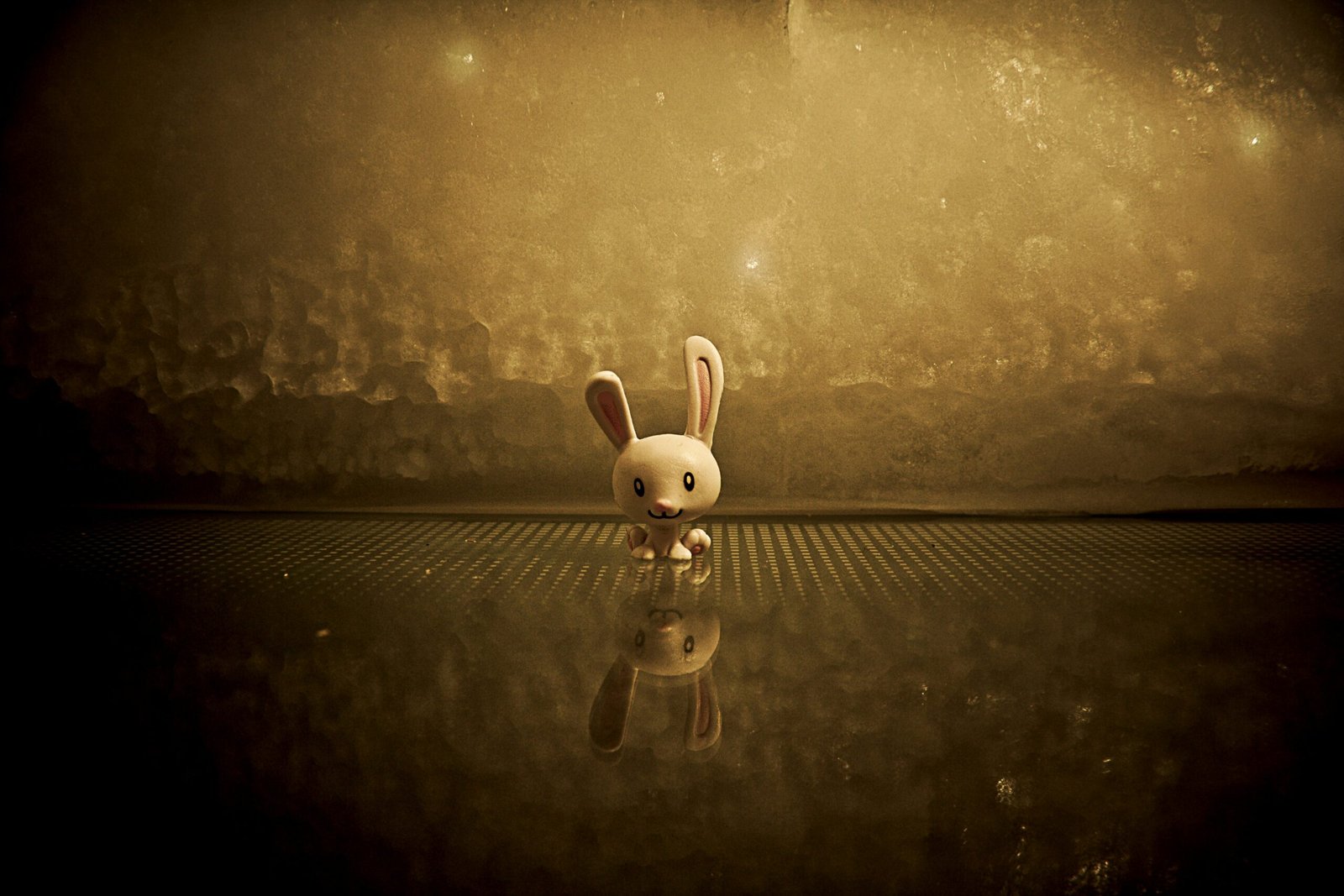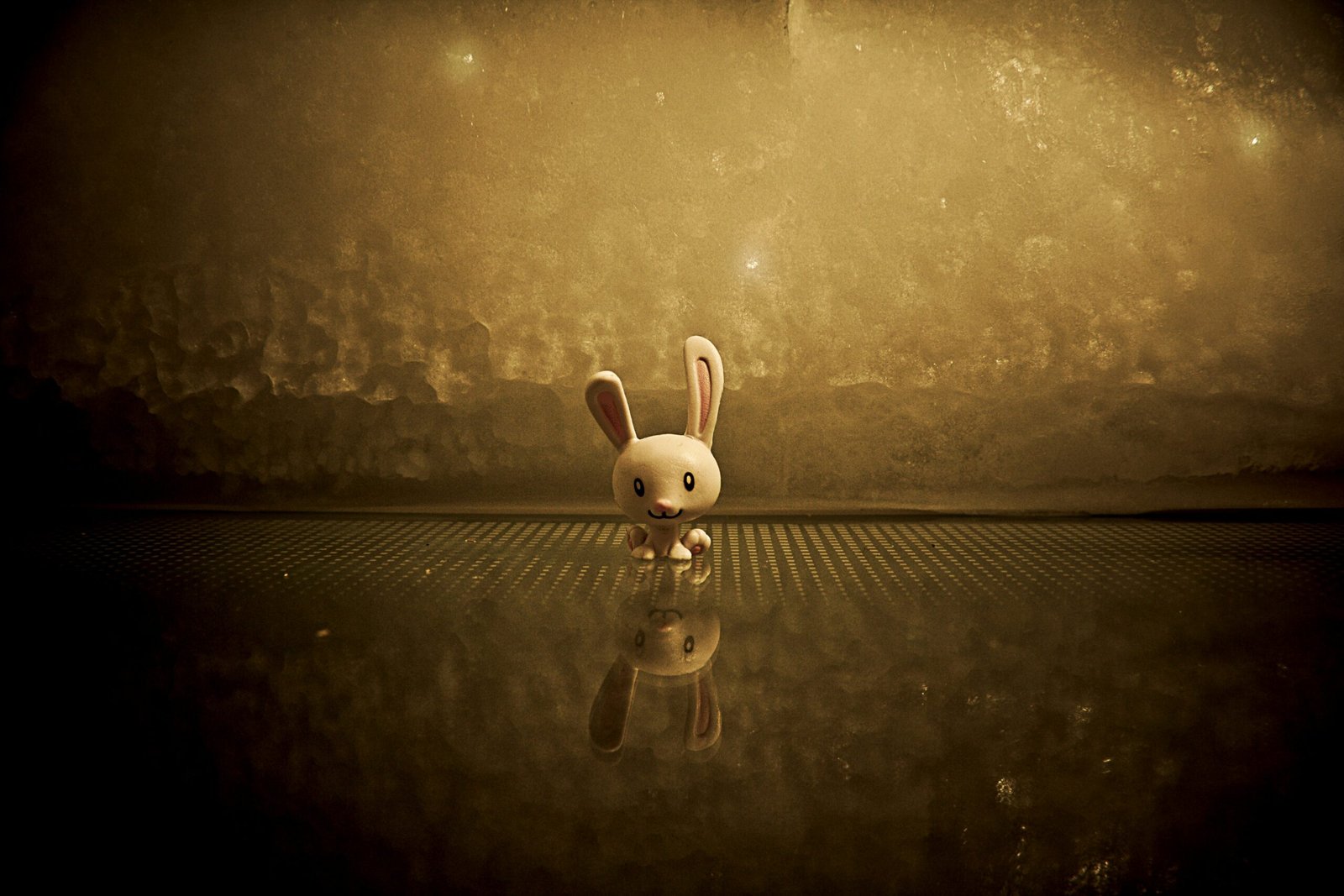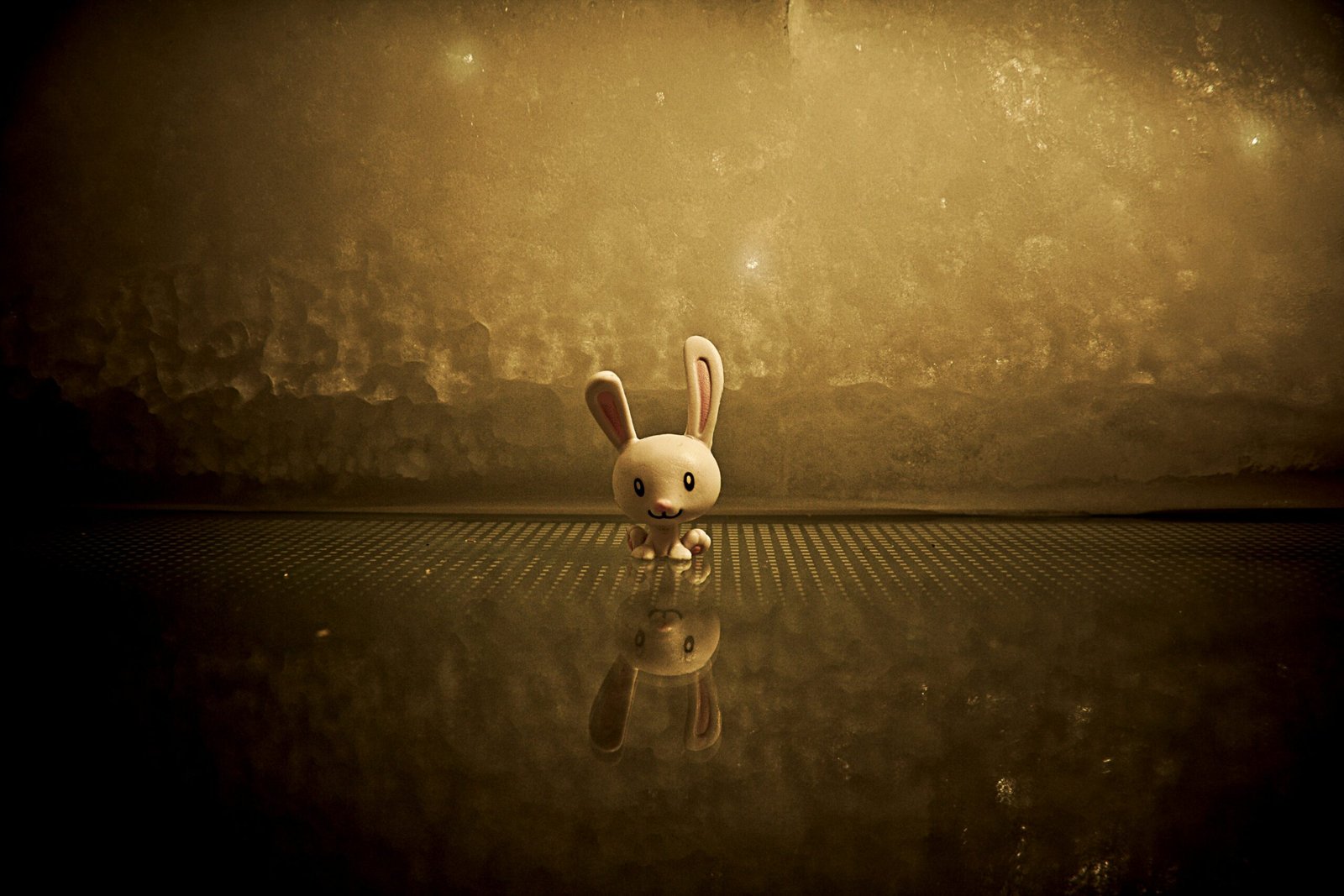
The Origins of Animation
Animation, as we know it today, has come a long way since its humble beginnings. The art of bringing still images to life has captivated audiences for over a century. From hand-drawn sketches to computer-generated imagery, animation has evolved into a multi-billion dollar industry with a rich history. In this blog post, we will explore the birth of animation and the key milestones that have shaped it into what it is today.
The origins of animation can be traced back to the late 19th century when inventors and artists began experimenting with ways to create the illusion of motion. One of the earliest pioneers of animation was Émile Reynaud, a French inventor who created the Praxinoscope in 1877. This device consisted of a spinning drum with a strip of sequential images on the inside. When viewed through a series of mirrors, the images appeared to move, creating a mesmerizing effect.
However, it was not until the early 20th century that animation truly began to take off. In 1906, J. Stuart Blackton, an English filmmaker, created the first animated film titled “Humorous Phases of Funny Faces.” Using a technique known as stop-motion animation, Blackton brought hand-drawn characters to life by photographing them one frame at a time. This groundbreaking film paved the way for future animators to explore new techniques and push the boundaries of what was possible.
One of the most influential figures in the early days of animation was Walt Disney. In 1928, Disney introduced the world to Mickey Mouse in the first synchronized sound and color cartoon, “Steamboat Willie.” This marked a significant milestone in animation history, as it was the first time that sound and animation were seamlessly integrated. Disney went on to create a series of successful animated films, including “Snow White and the Seven Dwarfs” in 1937, which became the first full-length animated feature film.
As technology continued to advance, so did the techniques used in animation. In the 1990s, the introduction of computer-generated imagery (CGI) revolutionized the industry. This new technology allowed animators to create more realistic and complex animations, opening up a world of possibilities. Films like “Toy Story” in 1995, which was the first fully CGI animated feature film, showcased the potential of this new medium.
Today, animation is not only limited to films but has expanded into various forms of media, including television shows, video games, and advertisements. The use of animation has become an integral part of storytelling, allowing creators to bring their imagination to life in ways that were once unimaginable.
In conclusion, the origins of animation can be traced back to the late 19th century, but it was not until the early 20th century that it truly began to flourish. From the early experiments with devices like the Praxinoscope to the introduction of CGI, animation has continuously evolved and pushed the boundaries of what is possible. It has become an art form that captivates audiences of all ages and continues to shape the entertainment industry. The journey of animation is a testament to the creativity and innovation of artists and filmmakers throughout history.
The Early Pioneers
The origins of animation can be traced back to the late 19th century when inventors and artists began experimenting with ways to create the illusion of movement. One of the earliest pioneers of animation was Émile Reynaud, a French inventor who developed the Praxinoscope in 1877. This device used a series of mirrors to reflect images and create the illusion of motion. Reynaud’s invention was a significant advancement in animation technology, as it allowed for the projection of moving images onto a screen, captivating audiences with its mesmerizing effects.
However, it was not only in France that animation was taking its first steps. Across the Atlantic, in the United States, J. Stuart Blackton was making his mark on the history of animation. Blackton, an American filmmaker, is often credited with creating the first animated film. In 1906, he used a technique called stop-motion to bring drawings to life in his film “Humorous Phases of Funny Faces.” This groundbreaking film featured hand-drawn images that were manipulated frame by frame, creating the illusion of movement. Blackton’s innovative approach to animation opened up a whole new world of possibilities for filmmakers and artists alike.
The success of “Humorous Phases of Funny Faces” sparked a wave of interest in animation, both in Europe and America. Artists and inventors began to experiment with different techniques and technologies, pushing the boundaries of what was possible in the realm of animation. From hand-drawn animations to puppetry and claymation, the early pioneers of animation paved the way for the diverse and ever-evolving industry we know today.
As animation continued to develop, it found its place not only in entertainment but also in education, advertising, and even scientific visualization. The ability to create lifelike movements and convey complex ideas through animation revolutionized various fields, allowing for more engaging and effective communication.
Today, animation has become an integral part of our lives, with animated films and series captivating audiences of all ages. The advancements in technology have made animation more accessible than ever before, with computer-generated imagery (CGI) taking center stage in many productions. However, it is essential to recognize and appreciate the pioneers who laid the foundation for this art form. Their ingenuity, creativity, and unwavering passion have shaped the world of animation into what it is today. These films not only showcased the technical advancements in animation, but also demonstrated Disney’s ability to create compelling and emotional stories that resonated with audiences of all ages. The success of these films solidified Disney’s position as a leader in the animation industry and paved the way for the establishment of the Walt Disney Studios.
In addition to his contributions to animation, Disney also made significant strides in the realm of theme parks. In 1955, he opened Disneyland, the first-ever amusement park of its kind. Disneyland quickly became a popular destination for families, offering a unique and immersive experience that combined Disney’s beloved characters with thrilling rides and attractions.
The success of Disneyland inspired Disney to dream even bigger, leading to the development of Walt Disney World in Florida and Disneyland Paris. These theme parks expanded on the original Disneyland concept, introducing new lands, attractions, and experiences that captured the imagination of visitors from around the world.
Beyond animation and theme parks, Disney’s influence extended into other areas of entertainment as well. The Walt Disney Company, founded by Disney and his brother Roy, became a powerhouse in the film industry, producing a wide range of live-action films and acquiring other major studios such as Pixar, Marvel, and Lucasfilm.
Today, Disney’s legacy continues to thrive. The company’s animated films continue to captivate audiences, with recent hits such as “Frozen” and “Moana” becoming cultural phenomena. The theme parks continue to expand and evolve, with new lands and attractions constantly being added to keep guests entertained.
Disney’s impact on popular culture cannot be overstated. His innovative spirit, commitment to quality, and ability to create timeless stories have left an indelible mark on the world of entertainment. From animation to theme parks to film production, Disney’s influence can be seen and felt in countless ways. With the rise of CGI, animators were no longer limited by the constraints of traditional cel animation. They could now create intricate 3D models, manipulate lighting and textures, and even simulate realistic physics. This technological advancement not only revolutionized the animation industry but also impacted other fields such as video games and visual effects in movies.
The introduction of motion capture technology further pushed the boundaries of animation. By capturing the movements of real actors and applying them to digital characters, animators were able to achieve a level of realism that was previously unimaginable. This technique was used in films like “Avatar” and “The Lord of the Rings” trilogy, where the CGI characters seamlessly blended with the live-action footage.
In recent years, advancements in computer processing power and software have made animation more accessible to a wider range of artists. With powerful computers and user-friendly animation software, aspiring animators can now bring their ideas to life without the need for a large production team or expensive equipment. This has led to a democratization of the animation industry, allowing for more diverse and unique voices to be heard.
Furthermore, the advent of virtual reality (VR) technology has opened up new possibilities for animation. VR allows viewers to immerse themselves in animated worlds like never before, experiencing the story from different perspectives and interacting with the environment. This has led to the emergence of VR animation studios and the creation of groundbreaking VR experiences that blur the line between animation and live-action.
Looking ahead, the future of animation seems to be intertwined with emerging technologies such as artificial intelligence (AI) and augmented reality (AR). AI algorithms can assist animators in automating repetitive tasks, speeding up the production process, and even generating realistic animations based on input data. AR, on the other hand, allows for animated characters and objects to be seamlessly integrated into the real world, creating interactive and immersive experiences.
In conclusion, the technological advancements in animation have propelled the industry forward, allowing for more creative freedom, realistic visuals, and immersive storytelling. From the early days of cel animation to the rise of CGI, motion capture, and VR, animation has come a long way. As technology continues to evolve, so will the art of animation, pushing the boundaries of what is possible and captivating audiences around the world. Looking ahead, one of the most exciting developments in animation is the integration of artificial intelligence (AI) and machine learning. These technologies have the potential to revolutionize the animation industry by streamlining the production process and enhancing the creative capabilities of animators. With AI, animators can automate repetitive tasks such as character rigging and lip syncing, allowing them to focus more on the artistic aspects of their work. Machine learning algorithms can also analyze vast amounts of data to generate realistic movements and behaviors for animated characters, resulting in more lifelike and believable animations.
Another area of growth for animation is in the field of virtual reality (VR) and augmented reality (AR). VR allows users to fully immerse themselves in a virtual world, while AR overlays digital content onto the real world. Both technologies provide unique opportunities for animators to create interactive and immersive experiences. For example, in VR, animators can transport viewers to fantastical worlds where they can explore and interact with animated characters and environments. In AR, animators can bring static objects to life by overlaying animated elements onto them, creating a dynamic and engaging visual experience.
The rise of streaming platforms and online content has also had a significant impact on the animation industry. With the increasing popularity of platforms like Netflix, Amazon Prime, and Disney+, there is a growing demand for animated content. This has opened up new opportunities for animators to create original series and films that can reach global audiences. Additionally, the accessibility of online platforms has made it easier for independent animators to showcase their work and gain recognition.
Furthermore, animation has expanded beyond traditional mediums like films and television shows. It is now widely used in video games, advertising, and even educational content. In the gaming industry, animation is essential for bringing characters and worlds to life, creating immersive and engaging gameplay experiences. In advertising, animated commercials are often more eye-catching and memorable than traditional live-action ads. Animation is also increasingly being used in educational content to make complex concepts more accessible and engaging for learners of all ages.
In conclusion, the future of animation looks incredibly promising. With advancements in AI and machine learning, animators will have access to powerful tools that can enhance their creative process and push the boundaries of what animation can achieve. The integration of VR and AR will provide new opportunities for immersive and interactive storytelling. The rise of streaming platforms and online content will continue to create a demand for animated content, while the expansion of animation into new industries will open up new avenues for animators to explore. As technology continues to evolve, animation will undoubtedly remain a powerful and captivating medium for storytelling and communication.



